Introduction
Understanding E-commerce Website Costs
Building a successful e-commerce website or app involves more than just the initial design and setup. It requires a comprehensive understanding of the ongoing costs that can impact your budget. From domain registration and web hosting to web application development, each component adds its own financial implications.
The investment in e-commerce is significant, but with the right planning and knowledge of costs, businesses can create a well-developed online platform that yields substantial returns. In this article, we will explore the various cost components of e-commerce website development and provide insights to help you navigate this financial puzzle.
Understanding E-commerce Website Costs
Understanding the financial aspects of e-commerce website and app development is paramount for any business venturing into the online marketplace. It's not just about the initial design and setup; it involves ongoing costs that can impact the overall budget. To start, one must consider the feature set required for the site or app.
Each feature, from user registration to payment integration, incurs its own costs in development time and resources.
Domain registration and web hosting are the foundational expenses. A domain name gives your brand its unique identity, while hosting ensures your website's accessibility on the internet. With companies like GoDaddy offering hosting plans ranging from $5.99 to $24.99 per month, it's clear that costs can vary widely based on the services and reliability you need.
Web application development adds another layer to this financial puzzle. The cost can fluctuate greatly depending on the complexity and purpose of the app. For example, a basic personal blog will have a vastly different price tag compared to a comprehensive e-commerce platform.
The investment in e-commerce is significant but necessary. As the digital market expands, with Europe and the US generating hundreds of billions in e-commerce revenue, it's evident that a well-crafted online presence can lead to substantial returns. The key is to not only consider the upfront costs but also the long-term value of a well-developed e-commerce website or app.
With thoughtful planning and an understanding of the costs involved, businesses can avoid overspending and create an effective online platform.
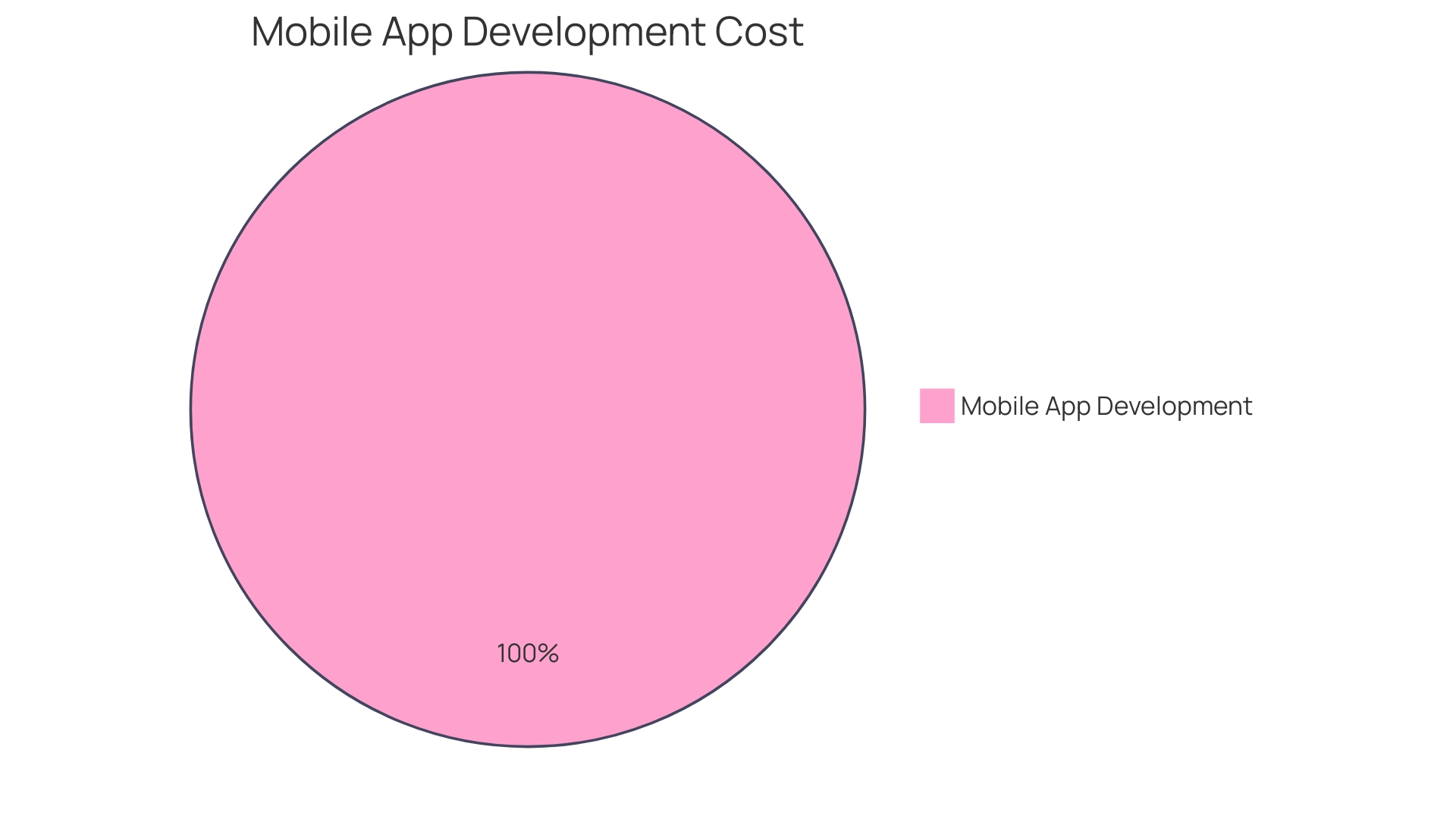
Cost Components of E-commerce Website Development
Building an e-commerce website or app is akin to constructing a virtual storefront and the investment required is multifaceted. The initial step is to enumerate the features your platform requires; these could range from basic shopping cart functionality to advanced AI-driven recommendations. Next, securing a domain name and web hosting is crucial; this is where your website's files are stored and served to visitors.
Web hosting services, like those offered by GoDaddy, can range from $5.99 to $24.99 per month, and the type of package you select should align with your specific business needs.
For those venturing into mobile app development, the stakes are just as high. As reported by Statista, with global mobile app revenues anticipated to surpass $613 billion by 2025, the investment in a mobile app could be a significant growth driver for your business. The cost for such development can start at around $10,000 and can escalate to $350,000 or more, with variations depending on complexity, design, and functionality.
In the wider context of e-commerce, the industry is experiencing robust growth. Europe and the United States are expected to generate revenues of $730.3 billion and $917.6 billion respectively in 2023. This growth trajectory suggests an increase in global e-commerce revenue by a staggering 64.69% over the next few years, reaching approximately $6.34 trillion by 2027.
Retail executives are cognizant of these trends, acknowledging the critical role of technological advancements, such as AI and machine learning, in driving sales and enhancing customer experiences. As the digital landscape continues to evolve, understanding these components and their costs is vital for establishing a successful online presence.
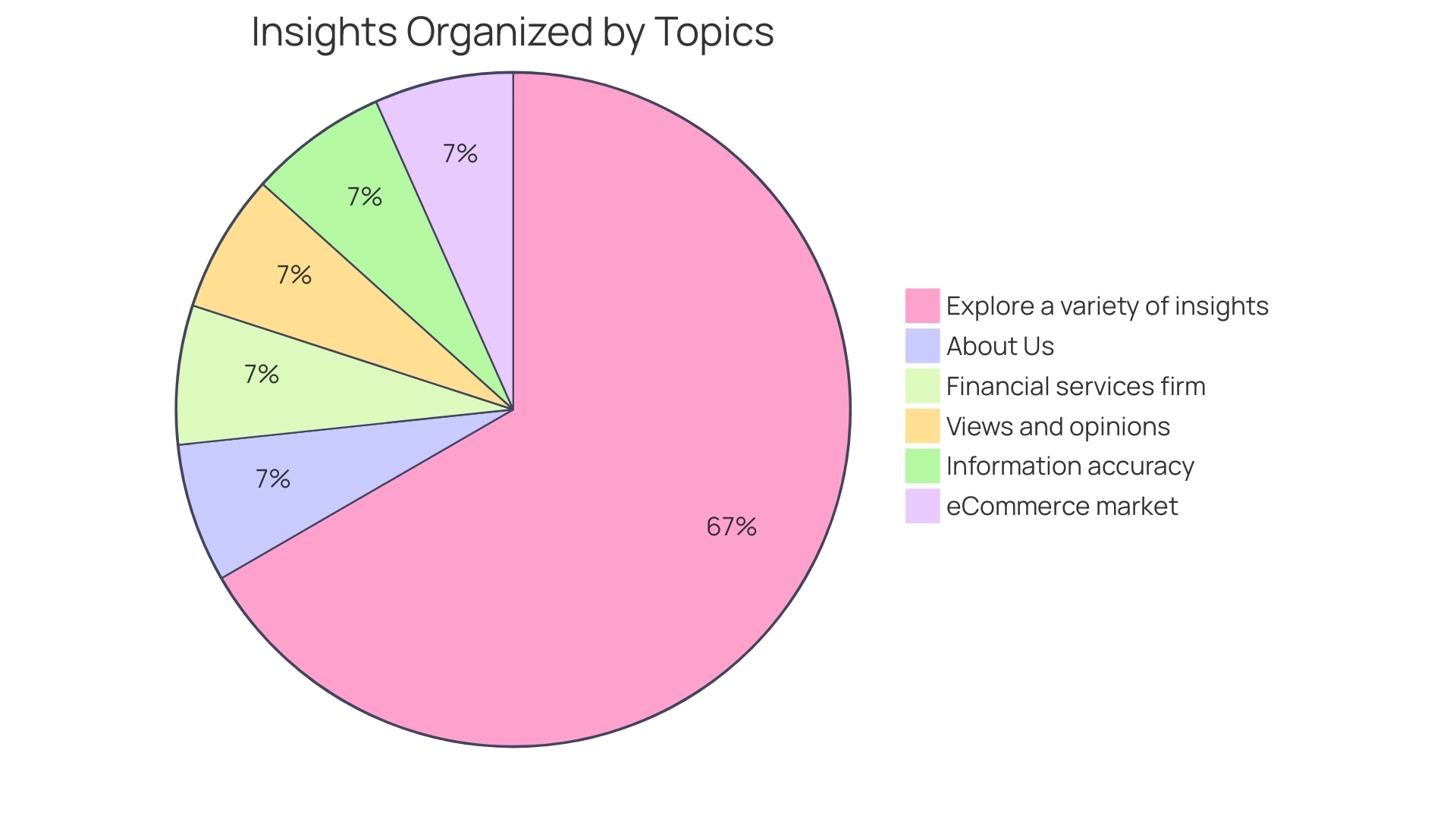
Website Design and Development Costs
Designing and developing an e-commerce website or application is a critical investment in your business's online presence. To navigate these costs effectively, it's important to start by understanding what features you'll need. This could range from basic e-commerce functionalities to more complex, customer-centric features that enhance the user experience.
For instance, embracing the latest trends, such as AI integration for personalized shopping experiences, can set your platform apart from competitors.
When it comes to web hosting, the choice is crucial for website performance. Hosting costs vary, with services like GoDaddy offering plans between $5.99 and $24.99 per month. The right hosting package ensures your website remains accessible and performs well, a non-negotiable for e-commerce success.
Investing in web design isn't just about aesthetics; it's about creating a functional space that mirrors the quality of your offerings. The emotional resonance of a website can't be overlooked. Take Alexandra Murgu's film industry portfolio website, Armur, for example, where conveying a personal story through design was key to its success.
Such a tailored approach ensures that the website isn't just a visual representation but an extension of the brand's identity.
With the digital landscape continually evolving, staying abreast of design trends is vital. Moves away from minimalism to bold typography and maximalism are reshaping the online aesthetic. Yet, it's not just about looks; performance and loading times are equally important.
The challenge lies in striking a balance between a visually stunning and high-performing website.
Lastly, the cost of building an e-commerce website varies. It's influenced by the complexity of the project, the chosen features, and the design's intricacy. By defining your business objectives and performing diligent research, you can find a web design service that aligns with your goals without compromising on quality or functionality.
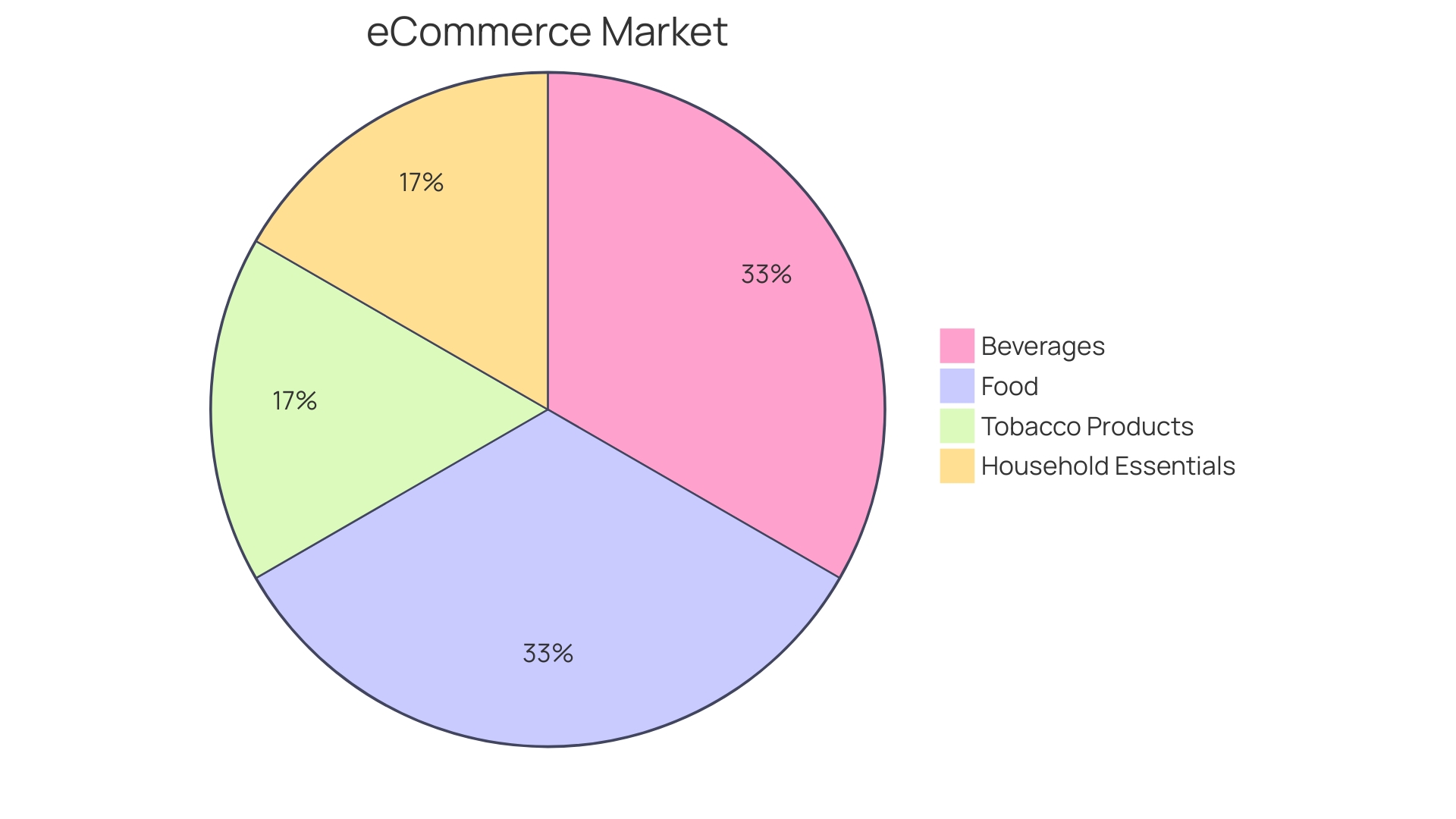
Hosting and Domain Registration Costs
Selecting the right web hosting service is akin to securing a prime location for your physical storefront. It's a virtual space where your e-commerce business operates, and it's accessible around the clock. With the right hosting, you can display your business information, showcase products, and facilitate customer interactions.
Web hosting works by providing server space for your website's files, ensuring that your site remains accessible on the internet. It's a recurring investment, similar to rent, but for a digital presence. Recognizing the importance of reliability and support, companies like Namecheap pledge to provide excellent service and a customer-focused experience, ensuring that your e-commerce platform runs smoothly.
A domain, on the other hand, is the distinct address that customers use to find your online store. It's a unique identifier, the internet equivalent of a business phone number. Domain registration is a critical step to claim your brand's unique space on the web and prevent others from using it.
For those looking to register a new domain, keep an eye on industry changes. As of January 1, 2024, Sav.com has announced a reduction in the cost of .com domain registrations to $7.95, making it more affordable to secure your preferred domain name. When choosing a domain, it's essential to consider both your company's name and the most suitable top-level domain (TLD) for your brand, whether it's a local extension like .ee or an international one.
The market for e-commerce is expanding, as seen in India's booming online sales from platforms like Amazon's Great Indian Festival and Flipkart's support for entrepreneurs. A robust online presence, starting with a dependable hosting service and a memorable domain, becomes the foundation for success in this growing digital economy.
Maintenance and Technical Support Costs
Maintaining an e-commerce website's operational fluency is a continuous endeavor that goes beyond the initial launch. The vitality of a website is sustained through regular updates, which may involve enhancing features or introducing new ones to stay ahead in the competitive digital marketplace. Moreover, domain name renewal and web hosting form the backbone of your online presence.
Web hosting, for instance, is a critical service ensuring your site remains accessible to customers at all times, with costs varying based on the required hosting package, which could range from shared environments to dedicated servers.
The cost implications of website maintenance are multifaceted. They can fluctuate depending on the complexity and volume of updates your site requires to meet the ever-changing consumer demands and technological advancements. Bug fixes are an inevitable part of this process, as they ensure the security and efficiency of user interactions on your site.
Server management also plays a pivotal role in maintaining website performance, which involves monitoring and optimizing server resources to handle traffic without hiccups. The investment in these maintenance aspects is not only about sustaining operations but also about capitalizing on opportunities to drive sales through a robust and reliable online platform.
In light of the shifting retail landscape, where technology deployment within stores has seen a marked increase, it's clear that a similar level of attention and resources must be directed towards e-commerce systems. With over $140 billion channeled into digital retail advertising and a majority of retail dollars still transacted in physical stores, the importance of a seamless online experience cannot be overstated. The integration of self-checkout systems and AI advancements in the physical retail space mirrors the need for continuous improvements and maintenance in the virtual realm to enhance customer satisfaction and retention.
The e-commerce market is a tapestry of varied industries, and as business operations increasingly migrate to online platforms, the significance of a well-maintained digital presence is amplified. It is not just about keeping the 'store' open but about ensuring that it operates at peak efficiency to support the browsing and purchasing habits of a global customer base. In essence, investing in the maintenance and technical support of your e-commerce website is investing in the sustainability and growth potential of your business.
E-commerce Platform Fees
Selecting the perfect e-commerce platform is a pivotal decision for your online store's success, as it impacts everything from inventory management to sales strategies. The cost analysis of e-commerce platforms encompasses more than just the upfront investment; it includes understanding monthly fees, transaction fees, and the value of additional features that can drive sales and streamline operations.
For example, modern platforms like Lightspeed offer comprehensive solutions that integrate inventory management across online and physical stores, allowing businesses to adapt to the evolving needs of today's market. This integration is crucial in addressing supply chain issues and staffing shortages while maintaining a seamless shopping experience for customers, whether they shop in-store, online, or via curbside pickup.
When considering platforms, it's not just about the price tag; it's about the flexibility and growth potential they offer. With Lightspeed, for instance, retailers have scaled from a single store to a wide-ranging line of products distributed across multiple locations. The platform's ability to manage thousands of items and facilitate sales across various channels has been a game-changer for businesses like City Bird, which has successfully navigated the shifting retail landscape for over a decade.
The retail industry continues to evolve, with a report highlighting that driving sales has become the primary function of stores, surpassing traditional roles. This shift underscores the importance of choosing an e-commerce platform that not only fits your current needs but also supports future growth and technological advancements, such as self-checkout and AI integration.
Moreover, with the insights from industry leaders like Charlie Munger, who emphasized the value of investing in robust systems and the importance of choosing platforms that enable growth, businesses must carefully weigh their options. The cost of building an in-house data stack can be significant, but alternatives like Shopify offer structured data within a CMS, changing the dynamics of data infrastructure and reducing costs.
In the current e-commerce landscape, platforms like Shopify and Square have become popular for their user-friendly interfaces and the ability to create customizable online stores without needing coding skills. They also offer a variety of payment gateway options, vital for today's digital transactions. However, it's important to understand the nuances of each platform, as some may have complex dashboards or limitations that could impact your business operations.
Ultimately, the right e-commerce platform can empower your business to innovate and excel in a competitive market. It's not just about managing costs but investing in a system that grows with your business and helps you meet your customers wherever they are, with the efficiency and flexibility that modern retail demands.
Payment Processing and Gateway Fees
Navigating the nuances of payment processing is a pivotal part of running an online business, with each transaction involving a meticulous series of steps. Critical to this process is the credit card processor, which not only ensures security verification but also routes transactions effectively, serving as a clearinghouse for funds. As the majority of consumer spending now occurs via debit and credit cards, it's integral for businesses to facilitate these payments.
Understanding the cost structure of payment processing is crucial. This includes not only transaction fees and setup costs but also the potential savings associated with integrating local alternative payment methods (APMs). APMs can offer lower transaction costs and resonate with customers who prefer familiar payment options, such as GoPay in Indonesia or WeChat Pay in China.
With over 500 APMs worldwide, the opportunities for cost savings and improved margins are significant.
As the retail landscape evolves, so too does the technology that underpins it. The UK is witnessing a digital payments revolution, with digital wallet transactions forecasted to overtake card payments within a decade. This shift underscores the urgency for businesses to adapt and select payment processors that align with future trends.
Choosing the right credit card processor involves a careful analysis of costs, processor types, and additional factors that impact the checkout experience. With checkout abandonment being a prevailing issue for e-commerce and retail businesses, the payment experience can be a deciding factor for customers completing their purchases. By focusing on improving the checkout process, businesses can directly address cart abandonment issues.
Moreover, the integration of embedded financial services offers a new frontier for convenience and speed in payments, which both consumers and businesses are increasingly demanding. The upsurge in the digitization of industries is paving the way for embedded payments, presenting fresh opportunities for business growth.
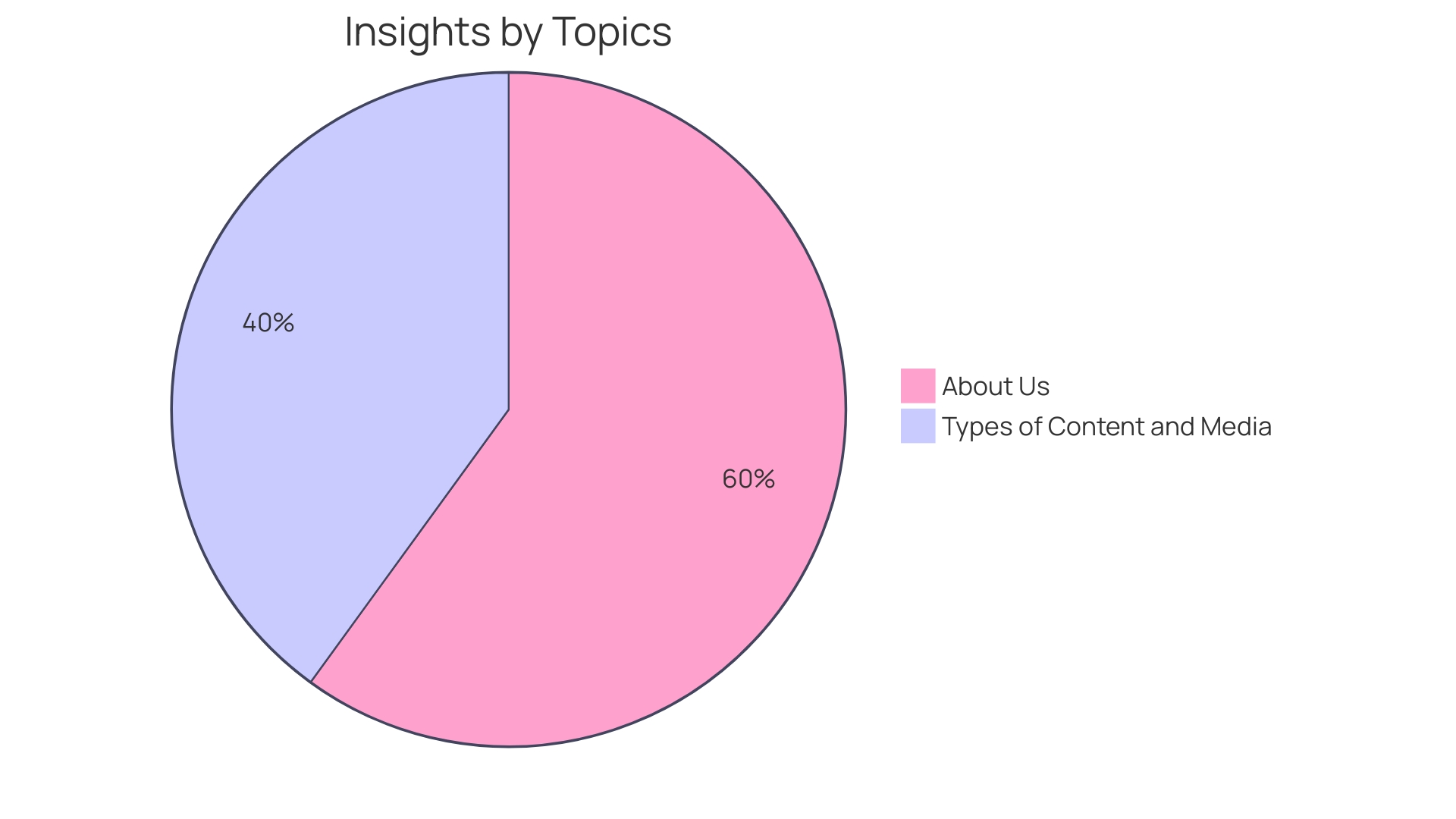
Content Management System (CMS) Costs
Selecting the right content management system (CMS) can significantly impact the efficiency and financial outlay of your e-commerce operations. A CMS is a powerful software tool designed to help you create, edit, organize, and publish digital content. This technology plays a pivotal role in managing an e-commerce site's content without deep technical expertise or substantial investment.
When evaluating CMS options, consider the initial licensing fees, which can vary dramatically depending on whether you choose an open-source platform, which may have no licensing cost but could require more customization, or a proprietary solution that offers out-of-the-box features at a premium. Additionally, hosting requirements can influence your expenses, as some CMS solutions may need dedicated servers, while others can operate on shared or cloud-based hosting, affecting both performance and cost.
Customization is another key factor that can drive up costs. A CMS should align with your content strategy to effectively drive traffic and engage consumers. This often necessitates the development of custom templates and integrations, which can increase expenses.
However, a well-chosen CMS can streamline your content creation and publishing processes, potentially offering a return on investment through improved operational efficiencies and content quality.
It is essential to consider not just the immediate costs but also the long-term implications of your CMS choice. The right system can support your business growth, allowing for multiple users to manage website content and providing a control panel for easy administration. This can lead to a more agile business environment, where content is quickly and efficiently distributed, keeping your site dynamic and engaging for your audience.
The Content Management Software market is expansive, offering both on-premises and cloud-based solutions, with revenues in this sector being a significant indicator of their growing importance in both B2C and B2B environments. By carefully considering the costs and capabilities of different CMS options, you can ensure that your e-commerce platform remains competitive and well-positioned for future growth.
Marketing and SEO Costs
Drawing customers to your e-commerce site requires a blend of savvy marketing and strategic search engine optimization (SEO). The expense of these initiatives can vary, incorporating elements such as SEO, pay-per-click (PPC) advertising, social media engagement, and targeted email campaigns. Effective SEO begins with a thorough analysis of competitors' traffic to pinpoint high-performing pages and keywords, which can be enhanced by refining existing content and generating fresh articles tailored to specific search intentions.
Upon achieving rankings, continuous testing and optimization of titles, calls to action (CTAs), and other elements are essential.
A practical case saw a hotel brand revamp their online strategy by establishing a solid foundation with tools like Google Analytics and Conversion Tracking, followed by meticulous keyword research for PPC campaigns. This foundational approach is crucial for launching successful advertising efforts that yield conversions and generate qualified leads.
In the realm of web hosting, costs fluctuate based on the package suited to your business needs, ranging from basic plans to more comprehensive services. Good web hosting ensures your website remains accessible, with prices at companies like GoDaddy varying from $5.99 to $24.99 per month.
With over 93% market share, Google dominates the search engine landscape, making it imperative for e-commerce SEO to align with their guidelines. This not only enhances the user experience but also builds trust and authority, leading to increased traffic and revenue by tapping into the correct search intent. SEO is a complex, layered process, and its success hinges on a solid foundation of SEO basics.
The digital revolution has transformed the way businesses operate. Now, with the advent of AI and generative AI for content creation, the landscape is evolving further. Retailers are pushing forward with technological deployments to drive sales and address challenges like staff retention, utilizing AI and machine learning to unlock new potential.
Furthermore, the global eCommerce market, encompassing everything from food and beverages to travel and hospitality, is growing at an unprecedented pace, offering businesses the opportunity to connect with customers across the globe and provide innovative offerings in 14 distinct market segments.
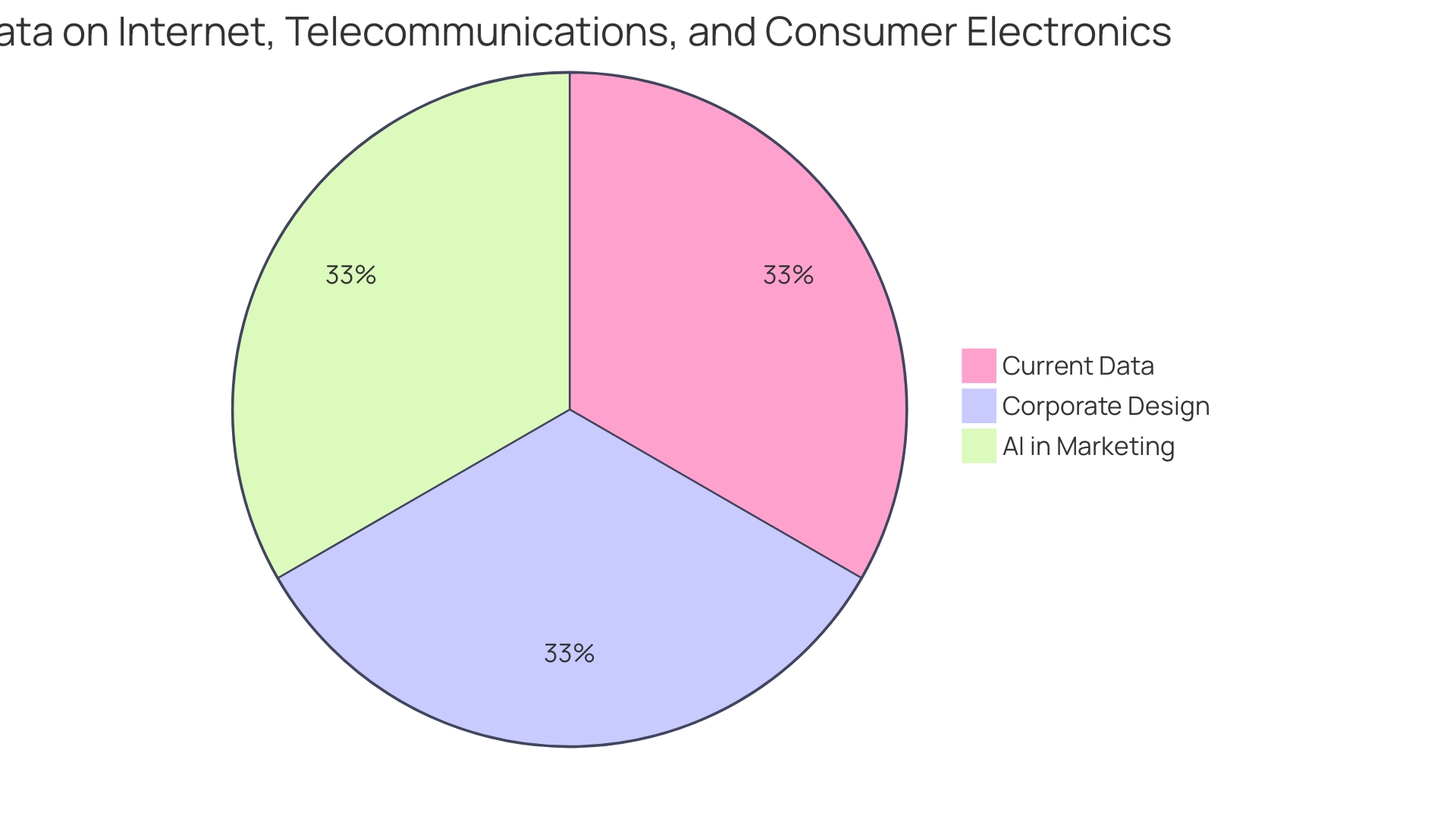
Additional Costs to Consider
Delving into the intricacies of e-commerce website development, it's clear that hosting is a foundational element. Options range from shared hosting, suitable for startups with lower traffic, to dedicated servers and cloud hosting, which cater to high-traffic sites requiring robust performance. The cost of these services varies, influenced by the provider and the specific needs of the site, but generally falls between $5.99 and $24.99 monthly.
Security is another critical factor that cannot be overlooked. With an increase in cyber threats, investing in robust security measures is non-negotiable to protect customer data and maintain trust. This includes regular updates and the potential deployment of advanced solutions like electronic shelf labels, which are gaining traction in the retail sector as seen with the S Group's five-year deal with Pricer.
Furthermore, custom development offers a competitive edge by tailoring the shopping experience to customer needs, particularly during the checkout process. Customization, however, introduces additional costs. As one expert put it, estimating the cost for novel software development is challenging because the end product evolves during the construction phase, making it difficult to pinpoint a price upfront.
Lastly, compliance with legal standards can add to the expenses. Whether it's GDPR in Europe or varying state laws in the US, adhering to these regulations is essential for operating smoothly and avoiding hefty fines.
These additional investments contribute to the overall success and sustainability of an e-commerce platform, ensuring a secure, user-friendly, and legally compliant environment that drives sales and fosters customer loyalty.
Cost Breakdown by Web-Builder Type
Determining the cost of establishing an online presence is a multifaceted process, much like the construction of a house, which hinges on multiple factors such as size, features, and location. The foundation of a website lies in its hosting; akin to a plot of land for your dream home, hosting is the digital space where your website's files reside. The cost for hosting services, like real estate, can vary widely.
For instance, GoDaddy's hosting fees range from $5.99 to $24.99 monthly, exclusive of more advanced options like virtual private servers and dedicated servers.
When considering the creation of a web application, it's essential to understand its purpose and the types of functionalities it will offer. From a personal blog to a corporate site, each category necessitates a tailored approach to development, impacting the overall cost.
In terms of website builders, options such as Squarespace, which starts at $16 per month, leverage artificial intelligence to streamline the creation process, offering assistance in writing, search engine optimization, and page design. On the other hand, platforms like Square provide an integrated solution for businesses already utilizing their point of sale systems, though the user experience can be less intuitive due to the complexity of their dashboard.
With the explosion of data tools over the past decade, content management systems (CMS) have revolutionized the way e-commerce websites are built. Shopify, for example, offers a structured data environment, which simplifies the construction of a data stack, a once costly and complex undertaking when done in-house.
Each approach to building a website or web application comes with its own set of costs and considerations, from the simplicity of a DIY website builder to the complexity and scalability offered by professional development services. It's crucial to weigh these options against your business needs to ensure a cost-effective and efficient online strategy.
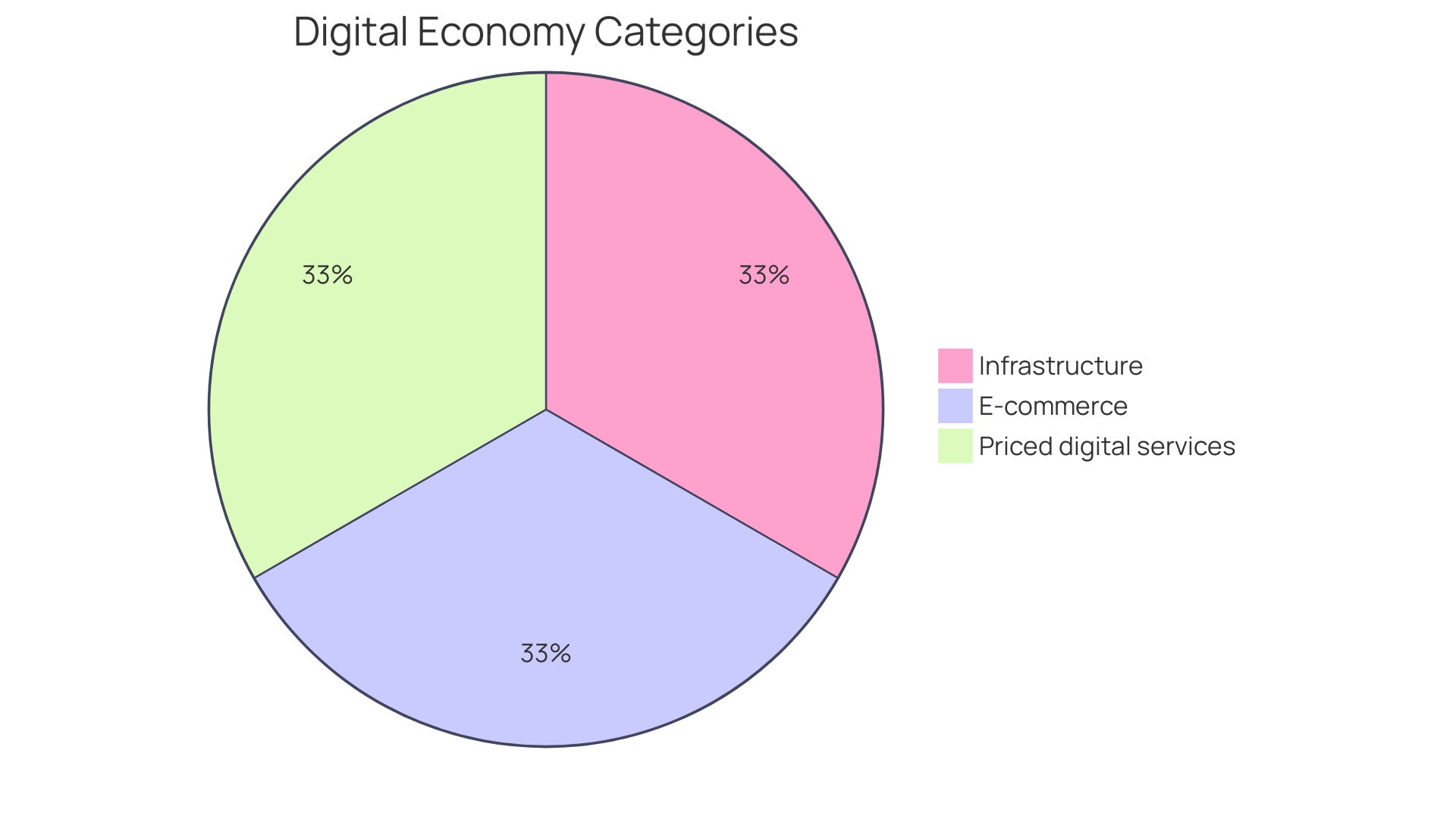
Cost Breakdown by Complexity Level
Understanding the cost implications of e-commerce website and app development demands a thorough examination of the various elements that contribute to the final price tag. It's not just the number of products or the complexity of features; several other factors like domain name registration, web hosting, and the specific requirements for your online presence play pivotal roles in shaping the costs.
Web hosting, for instance, is a critical service that ensures your website is accessible to customers around the clock. The choice of hosting can have significant cost variances, with options ranging from basic shared hosting plans to more robust dedicated servers. Meanwhile, the domain name is your digital address—a unique identifier that customers use to find your business online.
Both hosting and domain registration are recurring expenses that add to the overall cost of maintaining an e-commerce platform.
When it comes to the development of a web app, it is akin to constructing a custom solution tailored to your business's unique needs. The diversity in web app forms—from personal blogs to full-fledged online stores—means that the development process can be as varied as the purposes they serve. Each additional feature, whether it's a simple contact form or an advanced AI-powered recommendation engine, influences the development cost.
The e-commerce landscape is evolving rapidly, with projections indicating that online sales will constitute over 20% of all retail sales by 2024. This growth trajectory underscores the importance of investing wisely in your e-commerce website and app development. With every decision, from the hosting package to the app's functionalities, you're not just paying for a digital space; you're investing in the online embodiment of your brand and the primary tool for your business's growth in the digital economy.
Custom Development Costs
As you delve into the creation of a personalized e-commerce website, it's essential to understand the intricacies of custom development costs. Custom features tailored to your specific requirements can significantly enhance your website's functionality, providing a unique user experience for your customers. The financial commitment to custom development encompasses not only the hiring of skilled developers but also the integration of distinctive functionalities that distinguish your site from competitors.
For instance, digital payment solutions provider Nets, with over five decades of experience, faced the challenge of presenting technical data in a user-friendly manner. They aimed to convert complex tables and schemes into engaging formats that encouraged user interaction and exploration. This innovative approach underscores the importance of creating a website that is not only functional but also engaging and easy to navigate.
The investment in custom development also involves considerations such as domain names and web hosting. The type of hosting service you choose—be it shared, dedicated, or cloud-based—will depend on your business's specific needs and can affect the overall cost. Hosting is a crucial component as it ensures your website remains accessible online, with costs varying based on the package you select.
For example, popular hosting provider GoDaddy offers plans that range from $5.99 to $24.99 per month, illustrating the broad spectrum of hosting expenses.
It's crucial to bear in mind that while standard content management systems and e-commerce platforms like WordPress or Shopify may suffice for some, businesses seeking innovation and customization will often need to explore bespoke development solutions. As a result, the cost of building a website can vary significantly, depending on the uniqueness and complexity of the features required. The realm of custom e-commerce website development is dynamic, and while estimating the cost of novel work upfront is challenging, understanding these factors can help in planning and allocating the right budget for your project.
Quality Assurance (QA) and Testing Costs
Quality assurance (QA) is a pivotal element in the fabric of e-commerce, ensuring that websites operate seamlessly and effectively. The financial commitment to QA encapsulates a range of expenses, from the acquisition of sophisticated testing tools to the recruitment of specialized testers. These professionals are tasked with a mission-critical role: to identify and rectify bugs that could otherwise compromise the user experience, security, and functionality of an e-commerce platform.
Historically, QA practices have evolved significantly. Traditional manual evaluations of workflows and process improvements have given way to more advanced, sector-specific QA methodologies. One such modern approach is 'Shift Left' testing, a strategy that introduces testing early in the Software Development Lifecycle (SDLC), enhancing quality and efficiency by proactively addressing issues.
This method aligns with the historical trend towards industrialization and automation in software development, as organizations strive to condense life cycles while elevating quality standards.
The economic importance of testing is underscored by findings from the World Quality Report, which emphasizes the substantial return on investment (ROI) businesses can achieve through rigorous QA practices. Moreover, in an era where digital transformation is accelerating, retailers continue to invest in technology to drive sales, as highlighted in recent industry reports that show a significant uptick in in-store technology deployment, despite economic uncertainties.
In essence, investing in QA is not merely a cost center but a strategic move that can lead to better performance, improved customer satisfaction, and ultimately, a stronger bottom line for e-commerce entities.
Ongoing Costs and Maintenance
When considering the cost analysis for an e-commerce website, it's crucial to factor in not just the initial development but also the ongoing expenses. Recurring costs such as hosting, domain renewals, and regular updates are part and parcel of maintaining a robust online presence. Hosting fees ensure that your website remains accessible to customers around the clock.
Regular domain renewals safeguard your brand's identity, while consistent updates and security measures protect against threats and ensure smooth operation.
Reflecting on the insights provided by J.P. Morgan, it's evident that the digital realm demands a clear understanding of the various costs associated with online platforms. Additionally, the importance of transparency in pricing, as demonstrated by FedEx's volume discount confusion, cannot be understated in the e-commerce landscape. This echoes the sentiment expressed in the realm of courier services, where price transparency is becoming a major differentiator.
Moreover, the Retail Technology Review underscores the necessity of investing in your e-commerce platform as you would in a growing sapling, nurturing it with strategy and creativity. With over 200 retail executives highlighting the expansion of in-store technology and the prioritization of sales, it's clear that the digital storefront is now the front line of commerce.
In the words of a Square user, managing an e-commerce platform can be as complex as navigating different functions on a dashboard. This complexity underscores the need for a streamlined, updated website that offers customers a frictionless experience during peak shopping seasons, such as holidays, when they desire easy access to products and services.
Successful e-commerce is not just about being open for business; it's about ensuring that every aspect of your online presence, from content to user experience, is managed effectively. This approach garners customer loyalty and positions your business for sustained success in the competitive digital marketplace.

Website Cost-Saving Strategies
Developing an e-commerce platform entails careful financial planning and strategic decision-making. To economize without sacrificing quality or functionality, one should focus on prioritizing essential features that facilitate a seamless user experience. A practical approach involves selecting an efficient technical stack tailored to the project's needs; for instance, combining Django with Tailwind and HTMX can deliver robust performance with a modern aesthetic.
SEO is another critical area where cost-efficiency can be achieved. By conducting a thorough analysis of competitors' traffic and identifying keywords and pages that draw significant traffic, one can construct a content roadmap that targets relevant search intentions. This proactive content strategy, which includes rewriting and optimizing existing articles and creating new, search-intent-focused content, can lead to increased organic traffic and higher conversion rates.
It's crucial to continuously test and refine aspects like article titles and calls-to-action to improve performance.
Moreover, embracing open-source solutions can significantly reduce expenses related to software licensing and custom development. Open-source platforms offer the flexibility to customize and scale the e-commerce site as needed, without incurring prohibitive costs.
Automation tools are another avenue for cost savings. Implementing self-checkout features, whether through customer devices or kiosks, can streamline the purchasing process and reduce the burden on staff, addressing both efficiency and staff retention challenges.
Additionally, the content of the website should be consistently updated and relevant, as stale or irrelevant content can lead to increased bounce rates and potential loss of sales. A solid content development plan based on customer demographics, pain points, and search trends is essential for maintaining a competitive edge and fostering customer loyalty.
By incorporating strategies from successful examples like Gothrider Coffee, which has carved out a niche market by bundling unique products and offering a distinctive brand experience, e-commerce platforms can enhance value and customer engagement.
In summary, by focusing on user experience, leveraging SEO, utilizing open-source resources, automating processes, and maintaining engaging content, e-commerce businesses can optimize development costs while positioning themselves for long-term growth and success.
Conclusion
Building a successful e-commerce website or app involves understanding the ongoing costs. From domain registration and web hosting to web application development, each component adds financial implications. By considering these costs and planning wisely, businesses can create a well-developed online platform that yields substantial returns.
Understanding the cost components of e-commerce website development is crucial. Domain registration and web hosting provide a unique identity and ensure website accessibility. Web application development adds complexity, with costs varying based on purpose and complexity.
Long-term value should be considered alongside upfront costs.
Website design and development are critical investments. Balancing aesthetics and functionality is key. Choosing the right web hosting service and reflecting your brand's identity in web design are important.
Staying updated on design trends and prioritizing user experience is crucial.
Selecting the right web hosting service and domain registration is like securing a prime location. Monitoring industry changes helps secure preferred domain names. A robust online presence is essential for success in the global e-commerce market.
Maintaining an e-commerce website requires ongoing updates, bug fixes, and server management. Investing in maintenance and technical support ensures sustainability and growth. Continuous improvements enhance customer satisfaction and retention.
Choosing the perfect e-commerce platform is pivotal. Considering monthly fees, transaction fees, and additional features drives sales and streamlines operations. The right platform empowers business growth in a competitive market.
Navigating payment processing and gateway fees is crucial. Understanding the cost structure and integrating local payment options enhance the checkout experience.
Selecting the right content management system (CMS) impacts efficiency and cost. Evaluating licensing fees, hosting requirements, and customization is important. The right CMS streamlines content creation and distribution.
Drawing customers requires savvy marketing and strategic SEO. Embracing open-source solutions, automation tools, and engaging content optimizes costs and fosters customer loyalty.
Building an e-commerce platform requires careful financial planning. Prioritizing essential features, leveraging SEO, utilizing open-source resources, automating processes, and maintaining engaging content optimize costs. Focusing on user experience, SEO, and cost optimization positions businesses for long-term growth and success in the digital marketplace.
Start building your successful e-commerce platform today with BestToolbars!





